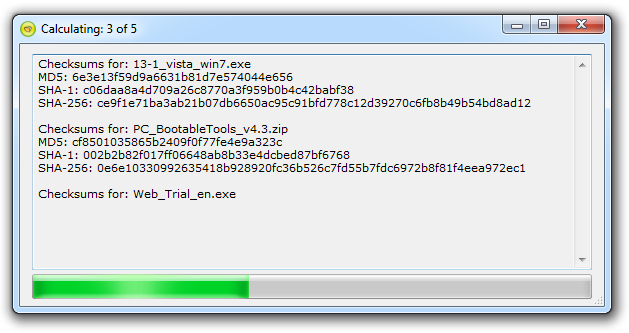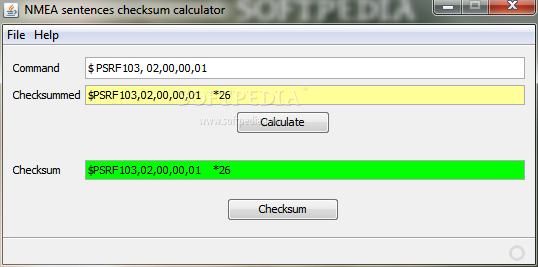

Because of these security problems, the more recent SHA-2 cryptographic hash analysis is defined to be the finest hash function available, as no threat has been proved against it yet. In other words, deliberate manipulation can result in two separate files sharing the same calculated hash as each other. The MD5 and SHA-1 checksums are among the most often used, however, both have been discovered to be vulnerable to attacks.


Any small modification to that same file may result in a system unique checksum value when a decent checksum algorithm is applied. Non-destructive transmissions, as well as the verification that the document has still not been charged with, are both guaranteed by checksums. To check the integrity of a document, you have to calculate the checksum by using a checksum calculator function and then compares the results to ensure that they are identical. The calculation of the checksum is done with the help of a hashing algorithm and is typically included with the download file as well. Regardless of which method you choose, if you want to confirm that the transferred file is identical to the data source, you should use a checksum. There is no restriction on whether this is done from across the Internet or only within two machines on the very same network. It is necessary to utilize checksums to protect the validity of a file once it has been transferred from one hard disk to another.
Sv4 checksum calculator how to#
But how to calculate checksum? Read the whole article to know the answer. These extremely long strings essentially serve as fingerprints for the specific file in question, if this is an EXE, ISO, ZIP, or another type of file. Some of you may have observed when you download any file from a website, they contain an extremely long string of digits and letters known as a checksum, MD5 checksum, SHA-1, or some other such term.


 0 kommentar(er)
0 kommentar(er)
